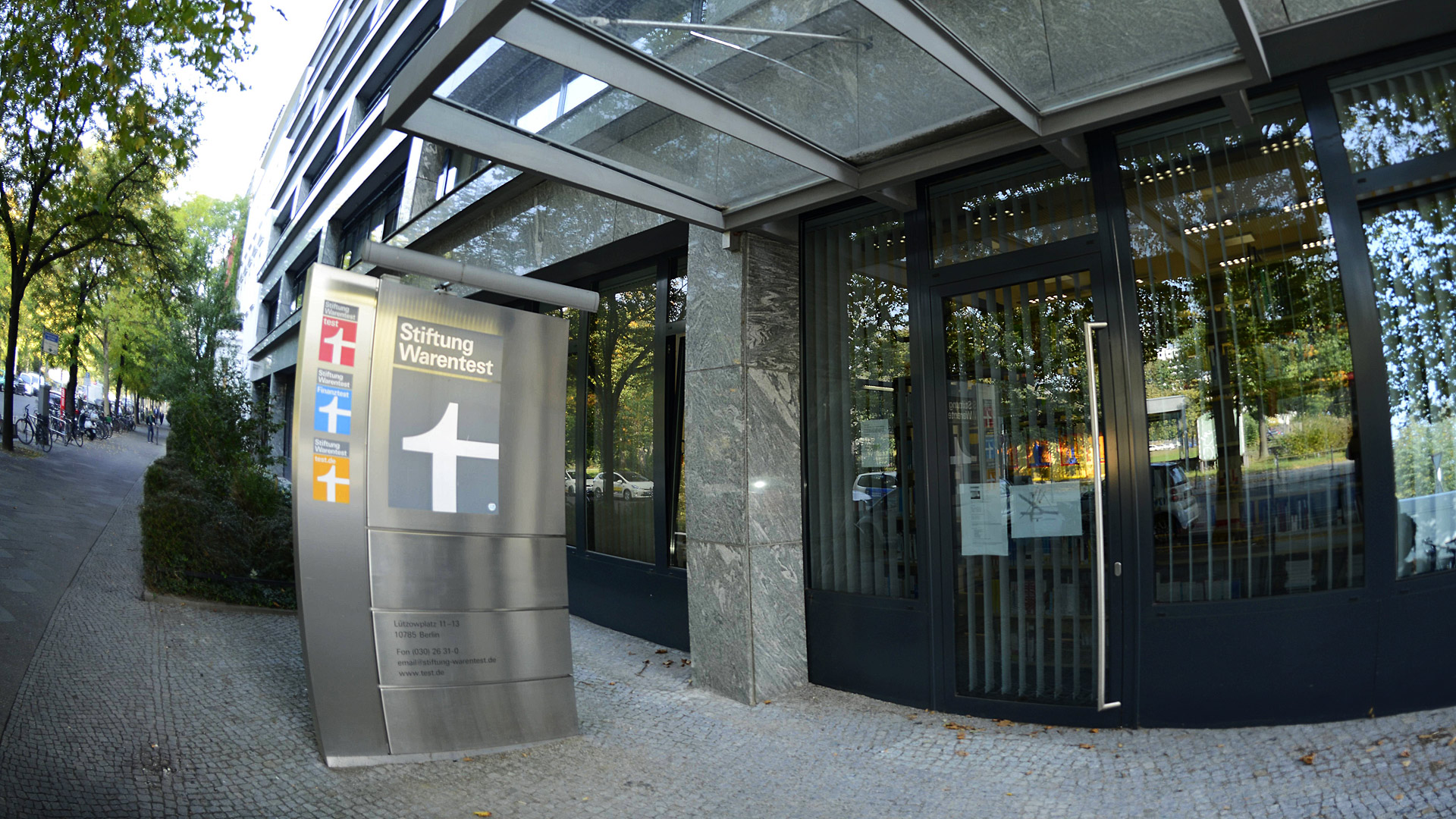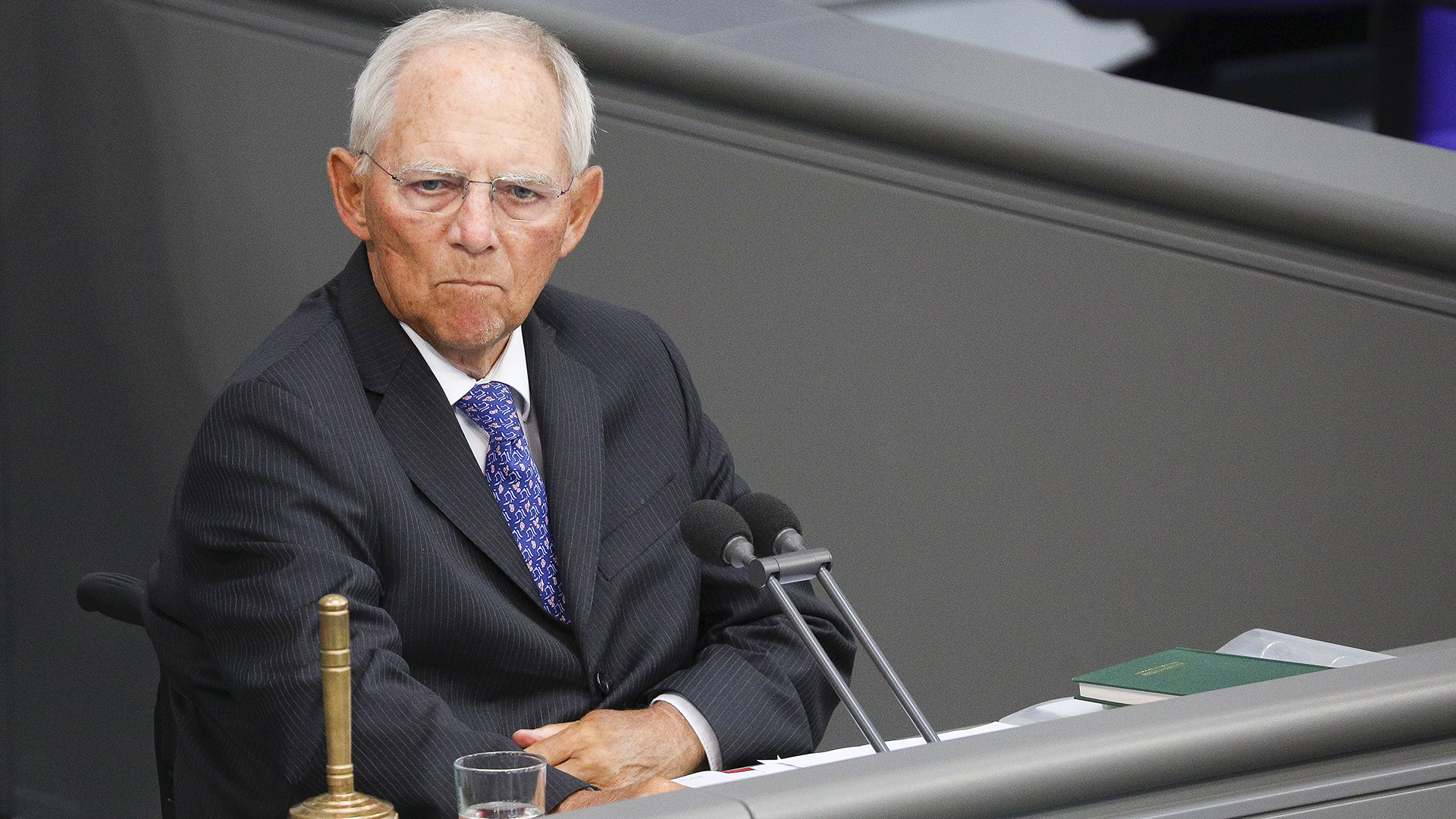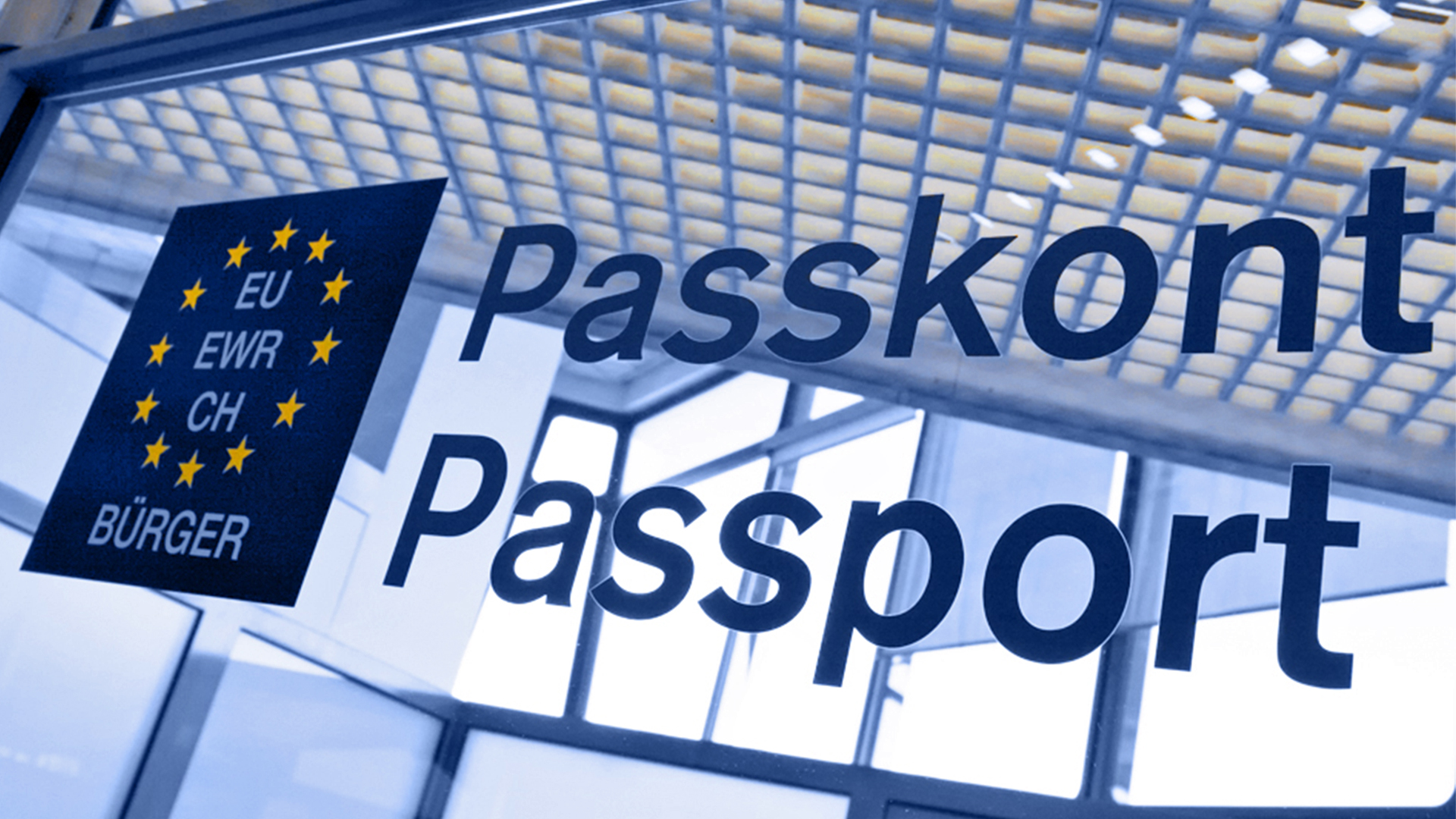Starting today, Stiftung Warentest is offering its current account comparison for consumers free of charge. But this is only a temporary solution in a story full of bankruptcies, bad luck and mishaps.
From Angela Göpfert, tagesschau.de
“Nobody should pay more than five euros a month or 60 euros a year for a giro account including giro card and online bookings.” Those who pay more should consider switching. This is the conclusion of the Stiftung Warentest based on its comparison of 316 current accounts from more than 130 banks.
As of today, this comparison of checking accounts can be viewed free of charge by all consumers on the website of Stiftung Warentest, which is practically operating on behalf of the state. Because only thanks to the Stiftung Warentest can Germany currently meet the so-called European Payment Accounts Directive. This stipulates that all consumers must have access to at least one objective and free comparison website for checking accounts.
Consumer advocates satisfied
After the online giant Check24 launched its comparison site at the end of January shut down after only five months and heavy criticism, the grand coalition decided to offer a state comparison platform in the future. This is to be set up by the Federal Financial Supervisory Authority (BaFin) and launched in the second quarter of 2022. Until then, Stiftung Warentest will offer its checking account comparison free of charge.
“We find it very welcome that, after a few detours, a state solution is to be found. We demanded that from the start, that is the right step,” emphasizes Claudio Zeitz-Brandmeyer, financial market expert at the Federation of German Consumer Organizations tagesschau.de.
When setting up a state comparison portal, BaFin could also look beyond the German horizon: “Belgium is repeatedly mentioned by European colleagues as an example of best practice. Here, the consumer is guided by questions to accounts that are right for him.” , emphasizes Zeitz-Brandmeyer. The offer from Stiftung Warentest is, however, a “good and comprehensible interim solution”.

Stiftung Warentest will step into the breach with its checking account comparison portal until 2022.
Schäuble preferred the private solution
From now on, and not until 2022, consumers now have the option of comparing the large number of current accounts in terms of costs and conditions free of charge and filtering out the best solution for their needs.
For politics, however, the back and forth with the comparison portals is primarily a story of failure. After all, the then Federal Finance Minister Wolfgang Schäuble had once consciously decided against the now favored state solution and instead opted for an official certification process for private platforms. Check24’s current account comparison, available until January 2021, has been certified by TÜV Saarland – and the Federal Ministry of Finance also gave its okay.
But shortly after the start, the criticism of the Check24 comparison portal increased. In November 2020, the Federation of German Consumer Organizations (VZBV) filed a lawsuit against Check24: The account comparisons did not meet the legal requirements. The market comparison is incomplete and non-transparent, and the data is often out of date. The financial service provider then switched off the current account comparison and referred to the “unclear legal situation” as a justification.

Didn’t want a government solution: Wolfgang Schäuble. Image: OMER MESSINGER / EPA-EFE / Shutterst
The free current account – a discontinued model
For consumers, the turmoil over the current account comparison portals comes at an inopportune time, as they are currently more dependent than ever on a free and objective comparison of the account management conditions of the various banks.
Because the free current account – a matter of course for a long time – is increasingly becoming obsolete. As of October 2020, the fees for current accounts rose by an average of 6.4 percent compared to the previous year, as the Federal Statistical Office announced in November. Within four years, from 2015 to 2019, the price increases totaled 25 percent.
“An objective and free current account comparison is not a panacea,” emphasizes VZBV financial market expert Zeitz-Brandmeyer. “But it makes it a lot easier for consumers to defend themselves against increases in account fees and to find another offer.”
The consequences of negative interest rates
But why are current account fees rising so rapidly? The background to this is the phase of low interest rates that has persisted since the financial crisis in 2008 and turned into a phase of negative interest rates in 2014. The European Central Bank (ECB) is now levying a penalty interest rate of 0.5 percent on short-term bank deposits.
Most banks do not dare to pass this penalty interest on to private customers – although this is also the case increasingly the dams break. Instead, the majority of financial institutions prefer to make checking accounts more expensive.
It remains to be seen whether this step, which is so unpleasant for consumers, is as imperative for the banks as they like to emphasize. In any case, the Bundesbank came to the conclusion in its monthly report in October 2020 that the ECB penalty interest rate does not automatically lead to lower bank profits.





























































You must log in to post a comment.